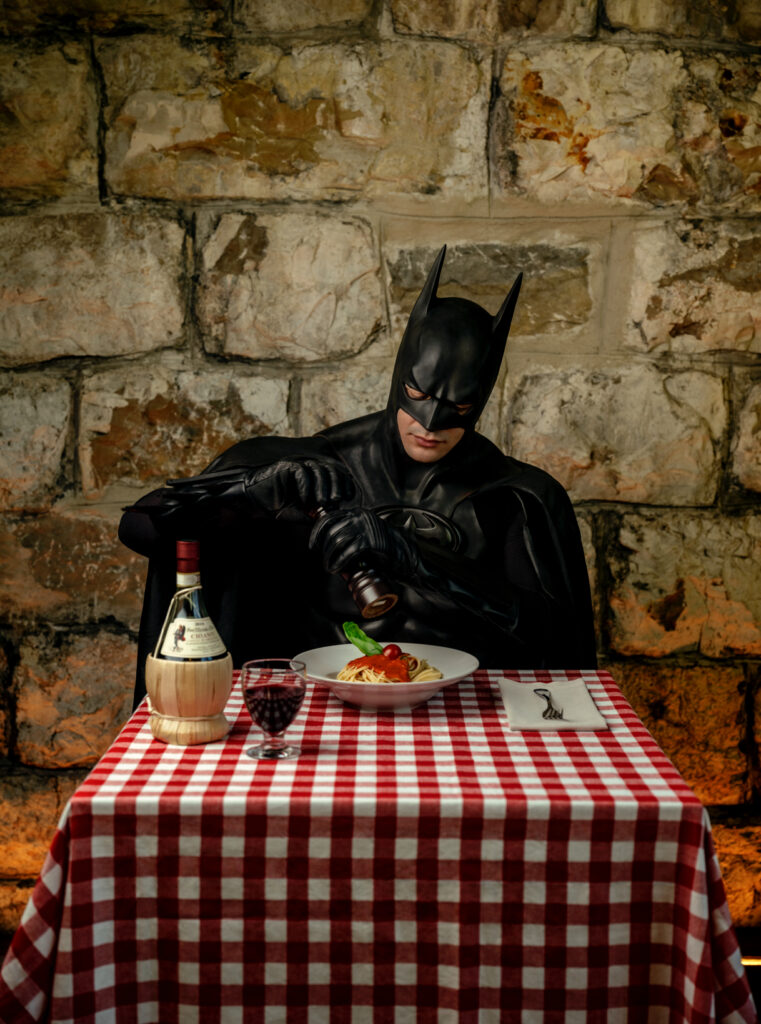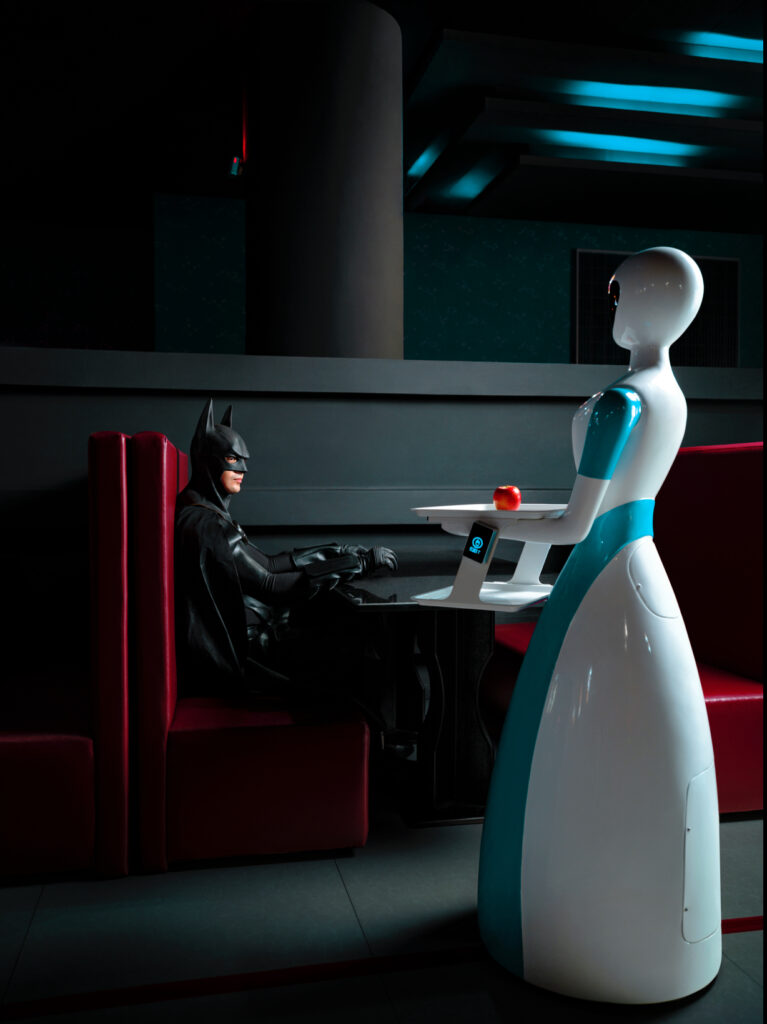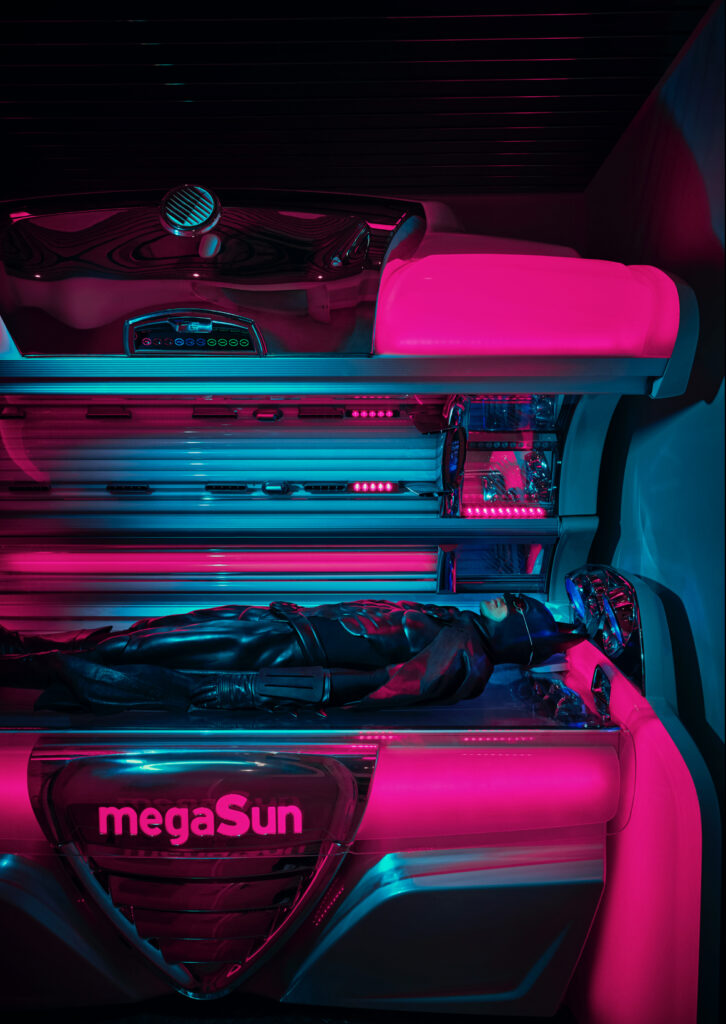@sebastianmagnani
sebastianmagnani.com


What is the creative philosophy you follow when creating a piece of art?
I always try to create something new, something fresh, something different, something unseen. Currently, I love to take known things out of context. With this process, I am questioning the known and the present, which generates a discourse between the past and possibilities of the future.
Do you find that your mood and life experiences influence your art?
Yes, 100 percent. Art is a personal expression of your inner self. It is based on where you come from and reflects all the experiences you have had. We all have different backgrounds and different stories, and that is what makes personal art so much stronger. This is also why I’m not a fan of AI-generated art. Machines don’t have stories, humans do. Humans have emotions, struggles, and feelings. When you are standing in front of good art, you can’t describe why you like it so much, but I believe this happens when you are connected emotionally at some level with the artist. An artist can touch your heart through the medium, through the artwork.
How do you push the boundaries of your creative comfort zone and venture into new artistic territories?
I like variety, and for that, you have to leave your comfort zone. In the beginning, you are lost, scared you might not fulfill the expectations of your fans. Sometimes, it can make you feel stuck and unable to finish the art, but that’s all part of the process. Through art, you have to face your own fears and demons. For example, my current series “Between Realities“ felt like a huge and very different project. Visually, it’s very different in comparison to “Daily Bat”, but at the baseline, they are connected. At the end though, you never lose something by leaving your comfort zone, you gain something. The comparison between your old and new projects and the reflection that comes with it, always helps to understand yourself better as an artist. It helps to forms you.
What inspired the theme, color palette, or concept of your most recent work?
I really admire the strong colors and iconic work of Andy Warhol silk screens. I like the mood and light of Rembrandt paintings. I was also inspired by a mixture of David LaChapelle and Annie Leibovitz photography.



As an artist, creative ideas are infinite. How do you decide which idea is worth pursuing?
I save all my ideas as reminders on my phone. I have hundreds of new possible series. I mostly use the reminders for back-up purposes though. The ideas that are not on this list are the ones I start immediately. Most of them are ideas that popped into my brain out of nowhere and that’s the art I usually can’t wait to work on.
If your art had a superpower, what would it be and why?
To make the world a better place, like Batman. He doesn’t have superpowers to change the world, but he has commitment. I dream about a world where people take responsibility for each other instead of projecting it onto superheroes.
If you could choose one famous person (dead or alive) to be the ambassador of your art, who would it be and why?
Any appreciation is great for an artist, regardless of if the person is famous or not. But of course, it would be crazy to see a couple famous people appreciate and share my work with their communities . I mean, they have a big impact on our world and are connected to so many people. When Abel Tesfaye started to collect a couple of my Daily Bat prints, I’m was extremely proud. It still feels unreal to me sometimes, to have a superstar and genius like him, love and collect my work.
If your artwork could talk, what would it say?
I would hope that my art would have a lot to say, hidden in multiple layers, like life and its infinite complexities. I’d hope there would be space for a lot of interpretation, based on the imagination of each individual beholder. When doing art, I’m not explaining or expressing myself with words or numbers. I just hope that I create art that is universal and remains relevant over time. I hope that it will be kept in people’s minds, now and through upcoming generations.
